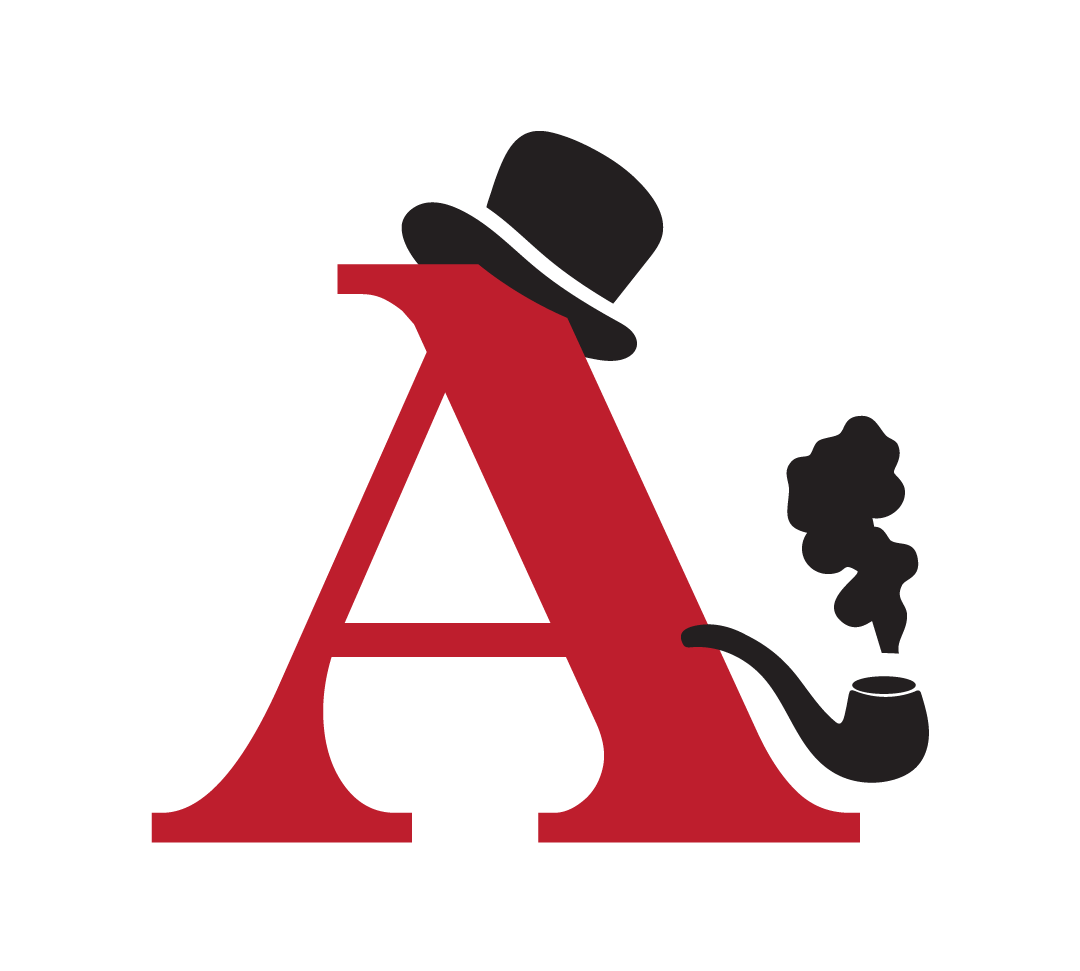RICHARD WISEMAN
Andrew is beginning this journey by interviewing Professor Richard Wiseman, professor of the public understanding of psychology at the University of Hertfordshire.Together we unpick the psychological effects of whiteboard animation, before wandering off into Richards incredible “In 59 Seconds” YouTube series and generally pondering future of video content. So, get comfy and sit back, as together, you, Andrew and Richard Wiseman get lost with purpose.
Links from the episode:
Watch the original ‘As If’ Animation from Richard Wiseman
Richard Wiseman’s ‘In59Seconds’
We Are Cognitive & Professor Richard Wiseman’s FREE Ebook
The Visual Flaneur is hosted by Andrew Park, founder of We Are Cognitive.
This episode’s guest is Professor Richard Wiseman.
In this episode, Andrew and Richard mention a research study on talking head videos vs whiteboard animation. Andrew breaks down the research below:
The Art of Drawing Knowledge: How Whiteboard Animation Makes Ideas Stick
Imagine you’re trying to understand a complex idea. Maybe it’s something psychological, like the As-If Principle, the concept that acting as if you feel a certain way can actually change your emotions. Sounds simple enough, but how do you make such an abstract idea stick?
This is where the magic of whiteboard animation comes in. As it turns out, the way we present information can dramatically affect how we process it. Whether we’re smiling to feel happier or drawing to remember better, the act of transforming ideas visually can elevate them from mere thoughts to experiences.
That’s exactly what Richard Wiseman and I discovered when we teamed up to test whether whiteboard animation could make an idea like the As-If Principle more memorable and shareable.
Why Whiteboard Animation Works
At its core, whiteboard animation works because it doesn’t just show information, it transforms it. By engaging both the mind and emotions, these animations take simple concepts and bring them to life. Richard’s research shows that visual storytelling is a game changer, especially when it comes to boosting memory, engagement, and even the likelihood that someone will share what they’ve learned.
In our experiment, we compared two formats: a traditional talking-head video and a dynamic whiteboard animation. Both featured the same content about the As-If Principle, but the results were startling.
Here’s what we found:
Memory: Viewers of the whiteboard animation remembered 15% more information than those who watched the talking-head video.
Entertainment: The whiteboard version was 33% more entertaining.
Shareability: Most surprisingly, it was 66% more likely to be shared with friends or family.
Why? The answer lies in something called dual coding. When information is presented both verbally and visually, our brains process it in two ways, making it far more memorable. It's like getting two bites at the apple instead of one.
How Animation Makes Ideas Stick
Whiteboard animation works because it doesn’t just illustrate facts—it brings those facts to life in a way that feels alive and emotional. As Richard puts it, our brains are wired to process visuals alongside words. This dual-channel approach helps us connect more deeply with the material.
Take, for example, the emotional impact. The act of drawing can trigger an emotional reaction—whether it’s a laugh, an “aha” moment, or a sudden spark of understanding. This emotional engagement, coupled with the visual connection, makes the information stick in a way that a static, talking-head video simply can’t.
The Power of Shareability
Perhaps the most surprising finding was the surge in shareability. Viewers were 66% more likely to share the whiteboard animation compared to the talking-head video. This isn't just about spreading information; it's about sharing an experience. When something feels engaging, funny, or memorable, we’re far more likely to share it with others. In today’s social media-driven world, this is a crucial metric for any content.
As Richard wisely notes, shareability is a social construct. When we share something, we’re not just passing on knowledge, we’re shaping how others perceive us. We want to be seen as the person who shares cool, engaging, and thoughtful content, and whiteboard animations are the perfect medium for that.
What This Means for You
So, what’s the takeaway? If you want your ideas to stick, whether in business, education, or personal communication, visual storytelling is key. Whiteboard animation isn’t just a pretty picture, it’s a powerful communication tool that makes your ideas stick, engage your audience, and get shared.
The As-If Principle study showed us that how we present information matters as much as what we present. And with whiteboard animation, you can make complex ideas accessible, memorable, and downright fun.
Want to learn more? You can download our eBook for deeper insights on why visual storytelling is the key to better communication or explore how we can help you transform your ideas into shareable, impactful content.
Because, as Richard Wiseman and I discovered, the way we present our ideas shapes the way they’re received, and ultimately, how they make people feel. And that’s something worth drawing about.

